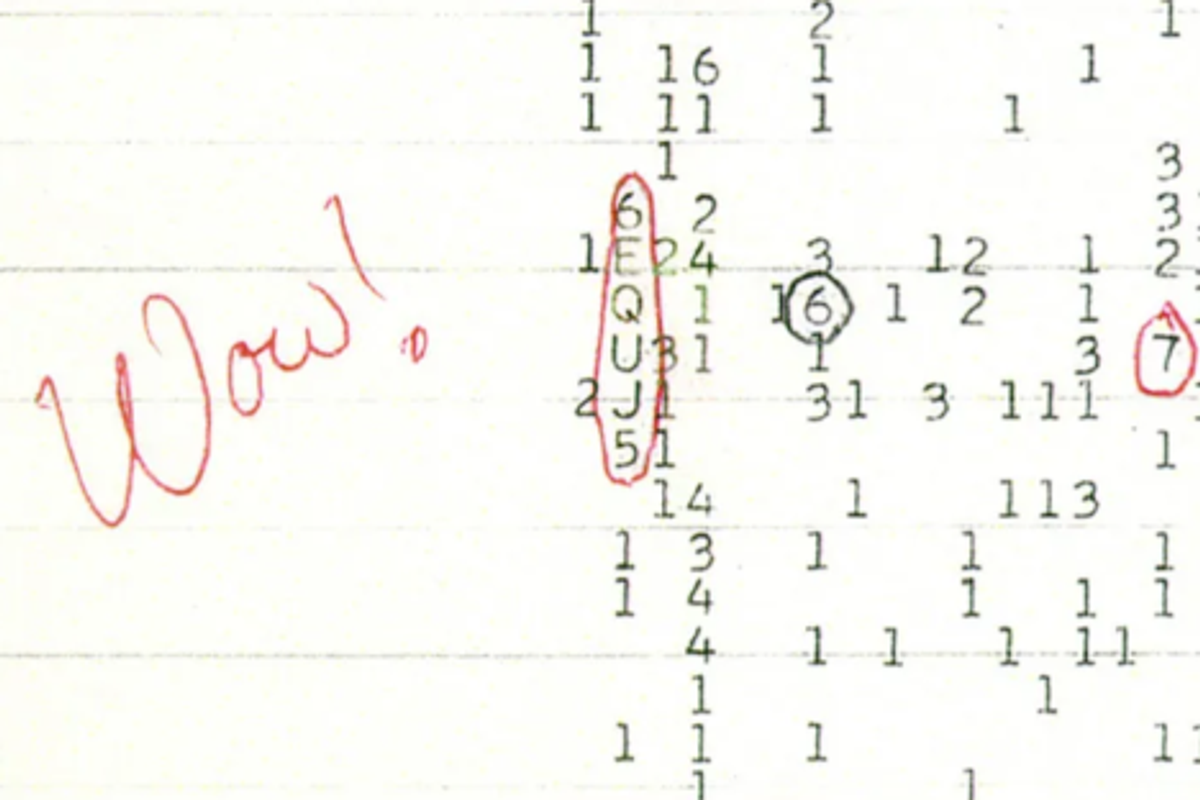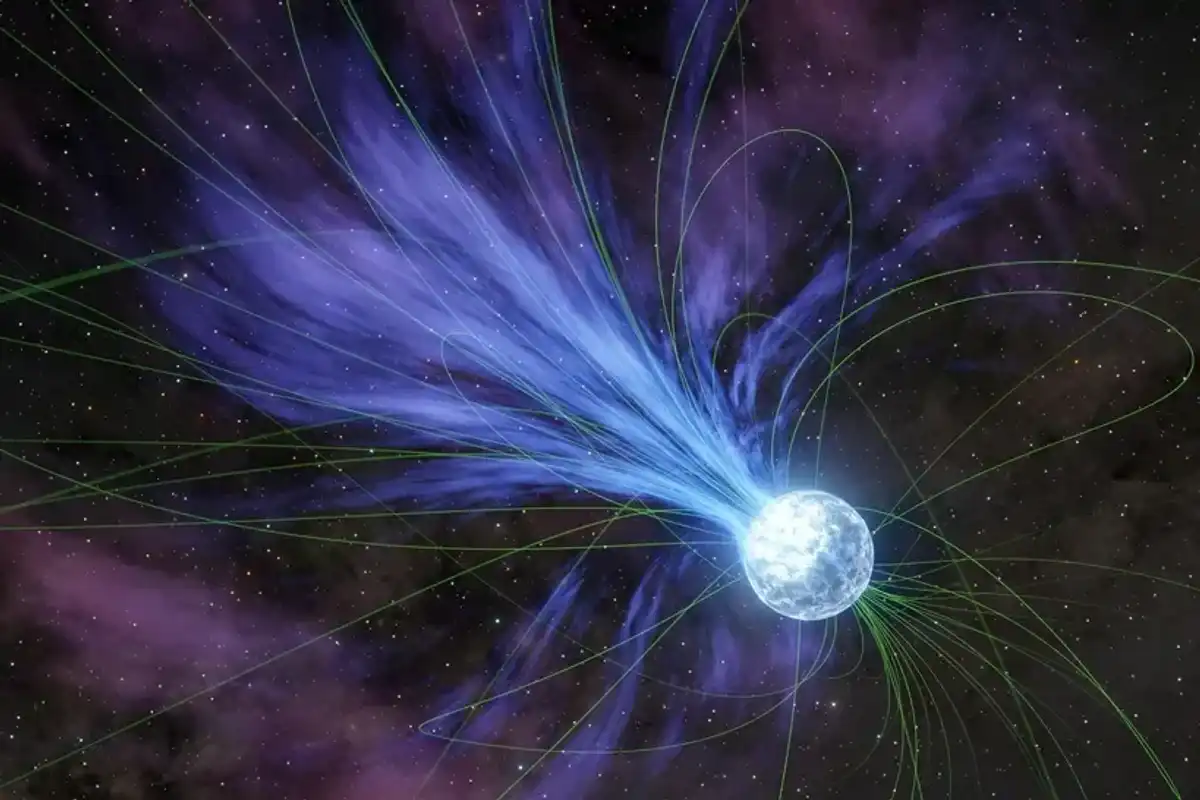Harriet Brewis
Sep 10, 2024
Looking for Aliens in the Universe With These New Efforts
ZMG - Amaze Lab / VideoElephant
In August 1977, a strange transmission was picked up during a routine scan for signals of alien life.
For more than one minute, Ohio State University’s Big Ear radio telescope recorded waves from near the constellation Sagittarius that were 30 times stronger than the background murmurings of deep space.
Furthermore, the radio waves were transmitted at the remarkably specific frequency of 1,420 megahertz, as LiveScience notes.
Hydrogen – the most abundant element in the universe – naturally emits radio waves at this frequency, leading some astronomers to suggest that it may have been deliberately chosen by extraterrestrial life to communicate with Earth.
The mysterious transmission soon became known as the “Wow! signal,” in recognition of the exclamation scribbled on a printout of the data by astronomer Jerry Ehman.
Now, nearly 50 years have passed since that extraordinary “message” was recorded, and nothing like it has ever been detected again.

Indeed, over the past five decades, experts have failed to convincingly explain the signal using natural phenomena, leaving many to conclude that it may truly be evidence of alien life.
However, at last, one team of scientists has come up with an possible cause of the anomaly. And, sorry ET fans, but it has nothing to do with little green men.
Abel Méndez, a planetary astrobiologist based at the University of Puerto Rico, believes that the signal may actually be the evidence of an extremely rare flare.
He and his colleagues posit that a dense, magnetic star – known as a magnetar – may have emitted the strong blast which struck an cold, interstellar cloud of hydrogen gas.
This, they write in a preprint paper submitted to the Astrophysical Journal, would have caused the hydrogen cloud to emit the radiation detected by Big Ear.
"It is a very rare event," Méndez told Live Science. "I am still amazed that [astronomers] were able to detect it."
He and his fellow researchers reached their groundbreaking hypothesis after unexpectedly discovering eight "Wow!"-like signals while sifting through old data from the now-defunct Arecibo Observatory.
The signals, each of which lasted two to three minutes, were recorded by Arecibo between February and May 2020, and all had frequencies close to the “Wow!'s” 1,420 megahertz.
That a number of these unusual signals were recorded in just an hour's worth of Arecibo's data suggests a natural origin, the team argue. And given that hydrogen clouds are common throughout the universe and naturally emit radio waves at the same frequency, they are the most likely source of the transmissions.
Still, the newly identified signals were 50 to 100 times fainter than the original “Wow! signal”. But this, Méndez argues, is because they weren’t illuminated by a magnetar.
"If they got brightened for a few more minutes, it will be the Wow! signal," he said. "But for that to happen, you have to have something out of the ordinary."
He explained that a radiation beam released by a distant magnetar (which is essentially a highly magnetised husk of a dead star which can emit strong bursts of radiation), would theoretically be powerful enough to make intervening hydrogen clouds glow.
And his team’s findings suggest that the Big Ear was, by chance, pointed at one such magnetar-blasted hydrogen cloud in 1977.

Nevertheless, whilst other astronomers are excited by Méndez’s new hypothesis, many of them remain unconvinced.
"I like this creativity," Michael Garrett, chair of the International Academy of Astronautics' SETI Permanent Committee, told Scientific American. "But it feels a bit contrived to me."
He and others have noted that although such bright, targeted emissions of radio waves from hydrogen gas at the precise 1,420 megahertz frequency are technically possible, they have never been observed before.
Furthermore, sceptics argue that multiple coincidences would need to occur simultaneously for the new study’s theory to work.
"He's suggesting a phenomenon that has never been observed," Jason Wright, a professor of astronomy at Penn State, told Science News. "The set of physical conditions is extremely delicate and specific, and it's not clear if that's even possible."
Méndez now plans to continue his investigations into the Arecibo archives, which he hopes could shed further light on the signals’ precise locations.
Still, to do this accurately would require high-resolution maps of the patches of the sky which include hydrogen clouds and, for this, he and his colleagues would need the help of the Very Large Array – a network of nearly 30 radio dishes in New Mexico that work like a single, miles-long telescope.
In order to fully understand the real origins of the “Wow! signal” and its more recent counterparts, Méndez will need more detailed information on changes to the properties of the hydrogen clouds, particularly their brightness.
But, at this stage, he conceded: "Anything at all will be something to think about."
Sign up for our free Indy100 weekly newsletter
How to join the indy100's free WhatsApp channel
Have your say in our news democracy. Click the upvote icon at the top of the page to help raise this article through the indy100 rankings
Top 100
The Conversation (0)














